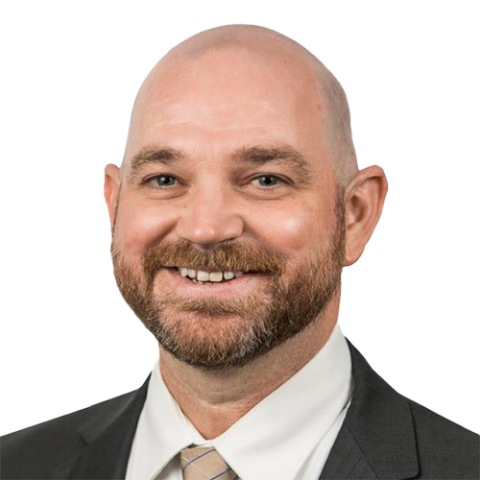Optimizing the Benefits of Digital Twins
Track: Application & Implementation
Building Facades and Digital Twins: Benefits and Limitations
David Schnerch
Facade inspection is a necessary part of building maintenance and evaluating the lifecycle of various components. Many cities also require facade ordinance surveys on a periodic basis for life safety requirements.
Facades often exhibit various indications of problems that are indicative of distress or deterioration, such as cracking, bowing, or spalling. Simultaneously, some conditions that are not visually apparent also can result in leaks, distress, or potential detachments or collapses of portions of the facade.
New technologies can improve our ability to assess distress and deterioration of facades and reduce the inefficiencies associated with the process while facilitating the owner’s desire to minimize costs for assessments and repairs. Through a digital twin, data can be collected and maintained to create a permanent record of the observable condition of the building over time. This includes automation of flight paths for consistency in the photographic documentation and creation of a means of data organization. Analysis of this data allows the generation of service life predictions and time to required maintenance intervals based on the rates of deterioration of the various cladding assemblies that comprise the facade.
In this session, we will discuss how the use of small Unmanned Aircraft Systems (sUAS or drones) are best used in the work associated with the generation of a digital twin and the types of inspection methods that are appropriate in conjunction with visual inspection and photographic documentation. Case studies will be presented with representative failures (including collapses and detachments) and comparisons to photographic documentation available in a digital twin to assess risk factors for the use of visual-only inspection techniques with various types of facade systems.
Presentation
Optimizing Asset Definition and Structure for Enabling Digital Twins
Scott Yates
The terms asset registry and asset are not new in the realm of ISO 55000 Asset Management. They have been defined somewhat broadly, and the interpretation and use of those definitions in practice largely have been driven by an organization's desires and needs.
While there appears to be some general acceptance of the current situation as the best it can currently be, we believe that significant room for clarity and subsequent improvement exists by revisiting this crucial and foundational area with enhanced concepts, recommendations, and actions.
A well-defined asset registry and precise asset definition are critical in developing and implementing digital twins. Digital Twins rely on an accurate, comprehensive asset registry to create dynamic, virtual representations of assets that support a myriad of diverse use cases.
The asset registry serves as the backbone for integrating digital models, such as GIS and BIM, and enterprise system data schemas, such as ERP and EAM, essential for creating digital twins.
Any effective asset management program that leverages digital twin solutions will require a clear understanding of what an asset is and how it brings value to your organization. By expanding these definitions and registries, organizations can leverage digital twins to optimize asset data usage, aligning with ISO 55000 principles in a way that enhances overall asset management and performance, ultimately realizing greater organizational value.
In this presentation, the speaker will introduce new concepts, methodologies, and standards around how to structure and manage asset information to efficiently support the integration of enterprise systems and ultimately enable scalable digital twin solutions.
Presentation


